V+ changes with both values of Rb on S+ to V and Ra to S-, resulting in matched voltages to error amplifier.
Rb adds to the string that derives the feedback ratio to result in 1V without Ra.
Ra lowers the 1.0002 V reference by shunting the bandgap reference voltage even more thus multiplying the output voltage more.
You have some choices for a fixed V+=45V.
< - - - - - - - - - - - - - - - - - - - - - - - - - - ->
All choices result Vfb = Vref=TRIM or in other words the R ratio of 45V out to match the S- voltage reference input which is normally 1.0002 V with a Thevenin resistance of 5.971 kohms.
- You can use Rb = 500 Ohms an use Ra = 77k then TRM voltage = 927.4 mV
or use a 1K pot and have 0.5k/48.5k *100% = +/-1% tuning range.
- You can double Rb to 2k pot and get +/-2% tuning range. then use Ra ~= 67K
- or use your suggestion of 48.875k for nearest pot of 50k and Ra=10k for > =/-20% range
- Use Rb=1k fixed between S+<>V+ and Ra= 67k fixed between S-<>V-
Your choice depending on what tuning range you desired for cable loss and load regulation PSU specs.

The key to low noise performance is to have area wire loops to all external sense resistors. This is why they prefer a low impedance voltage offset to TRIM instead, but that still needs to be shielded from any high pulse current dI/dt. However you can remove cable losses using remote sensing for reasonable lengths by connecting the senses at the end of the cable and adding ferrite +RF Cap filter near supply, but not too much as that can add to step overshoot from delays.



